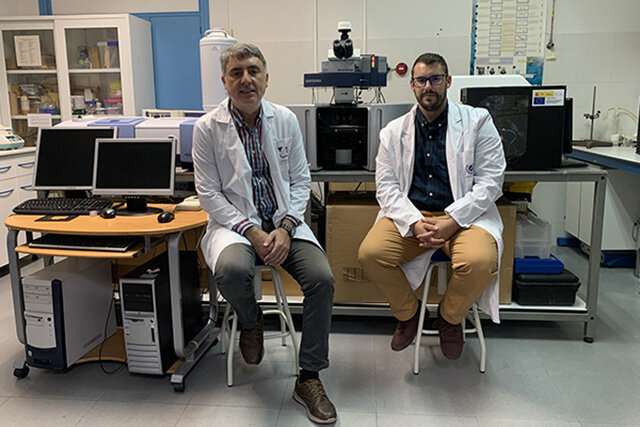New version of organic electronics for rational management of energy

Due to the current energy problems, which encompass high electricity bills, regional tensions among oil and gas producers or the impact of climate change, among others, a rational management of energy consumption is becoming increasingly necessary.
Microelectronics—the basis of the functioning of computers and all kinds of programable electronic devices—has hitherto been, and is, built on silicon and the physics of the electron's charge, that, although they meant an unprecedented technological advance, start showing signs of saturation because of the high energy consumption associated with them.
Organic electronics progresses as an alternative to silicon. "This is a type of technology that replaces the latter with organic matter, which completion would mean the elimination of energy costs in the production of "electronic silicon," apart from other limited minerals that are essential in its implementation, such as lithium," says Professor of Physical Chemistry of the UMA Juan Casado Cordón, who has led a study which investigates the properties of carbon-based molecules for a new version of organic electronics: spintronics, defined as microelectronics based on the spin of the electron, one of the characteristics, together with the charge, of electrons.
"The spin of the electron and its physical properties inherent in its quantum mechanical nature has taken center stage. The combination of the charge and spin of the electron constitutes a way of expanding the versatility and functionality of electronic materials, giving rise to the novel field of spintronics," explains the researcher of the UMA.
"Therefore, we progress through spintronics to manage to alter carbon in a way that it becomes as good at conducting electric current as silicon, which is used in electronics," he adds.
This expert states that they have discovered how the flexible structure of certain organic molecules is capable of modulating the spin state of the whole molecular system and, at the same time, unveiled a thermal mechanism of normal and reversed spin mobility by vibrations—certain coordinated movements of atoms—of the carbon skeleton.
"Finding alternative organic structures to silicon that are capable of modulating their spin state may represent, through spintronics, a necessary solution to the current energy problems," asserts Casado Cordón.
Potential implementation in real devices
Likewise, this research, in which the University of Bologna (Italy) and the University of Electronic Science and Technology of China also participated, explored other intrinsic properties of matter, beyond the electric charge.
The results of this study were published in the scientific journal Nature Communications. It was developed with the assistance of the Vibrational Spectroscopy Unit of the Central Research Services. The young researcher of the Faculty of Science Sergio Moles carried out much of the experimental research.
Searching for other flexible organic molecules with complementary mechanisms of spin-vibration coupling and the possibility of polarizing electrons of other neighboring molecules in solid state, varying the vibrational state, are among the long-term goals of this research team that, as a final step, is going for their implementation in real devices.
More information: Yi Shen et al, Normal & reversed spin mobility in a diradical by electron-vibration coupling, Nature Communications (2021). DOI: 10.1038/s41467-021-26368-8
Journal information: Nature Communications
Provided by University of Malaga




















